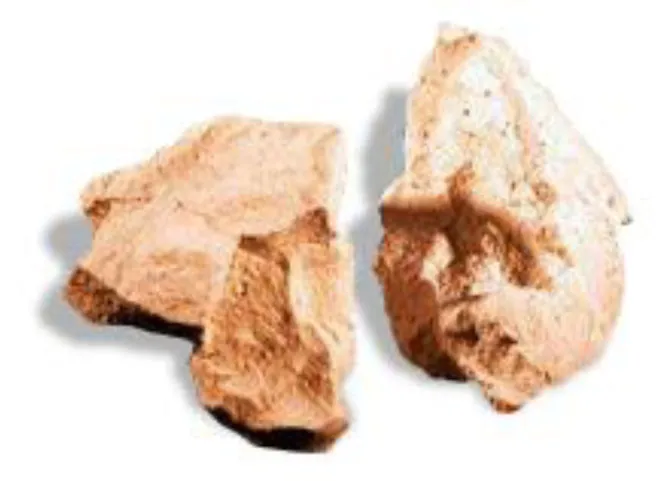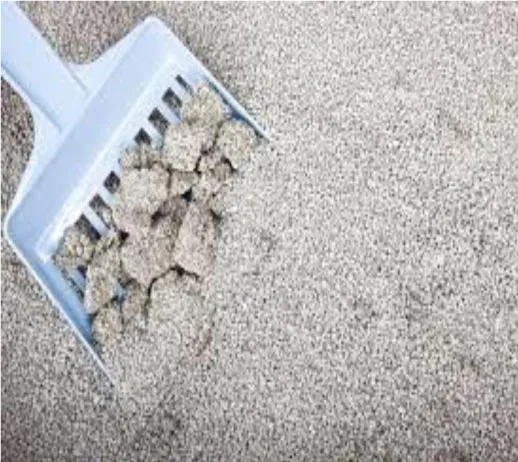Sodium bentonite can absorb water up to 10–15 times its volume.
Bentonite is one of the most important admixtures which has a binding texture and is used in iron pelletising. It is used to control free water in raw pellets and to prevent the spread of raw pellets during the pre-heating process.
- By adding bentonite to sand, the clay binds the sand, which is used in casting.
- It prevents deformation and expansion in the chamber.
- It minimises crustation.

Thanks to its high level of viscosity and gel-like characteristics, bentonite keeps barite particles, when drilling mud which is very important in the drilling process, in suspension. It helps to eject clasts occurring during drilling works. Bentonite can also be used for oil wells in drill strings, drill bits and bore holes due to its slippery properties.
Thanks to its absorbent texture, coarse bentonite added to cat litter prevents wetness and muddiness by trapping urine and odour inside. As a result, bentonite provides a hygienic environment for cats. Fine grained bentonite in cat litter clumps when it comes into contact with urine, making it easier to clean urine from cat litter and providing cost savings.

- Bentonite keeps cement mortar stable when added to cement mortar or cement slurry.
- It minimises the ratio of disintegration when cement and water is mixed.
- Bentonite sets cement slurry.
Bentonite is used in the clarification process of beverages such as wine, beer and fruit juice. Bentonite added to wine absorbs substances and sinks to the bottom. Since it also absorbs pigments, its use in red wine is inadvisable.